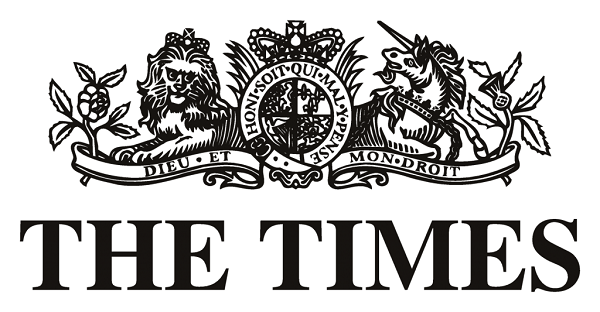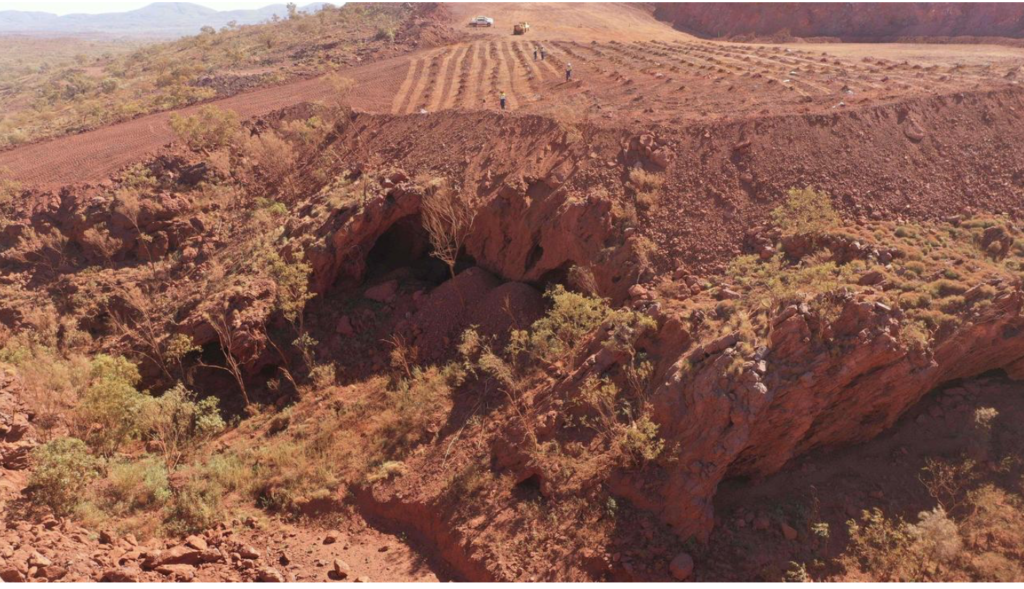
Article by James Salmon courtesy of the Times.

A fast-tracked act to protect 30,000 culturally significant areas has faced a huge backlash after turning digging a ditch into a bureaucratic nightmare.
Five generations of the Dowden family have endured flooding, drought and disease to graze livestock on Western Australia’s remote southern rangelands.
Debbie Dowden and her husband Ashley only switched from merino sheep to become cattle farmers 15 years ago and there is still plenty of work to do to convert the half a million-acre Challa Station, with ten new trap yards and 40 miles of fence urgently required.
But these relatively simple tasks are poised to become far more complicated from next month when laws to protect culturally significant Aboriginal sites across Western Australia come into force.
There are more than 30,000 such sites across the state, ranging from sacred creeks and hilltops to rock drawings.
In many cases landowners will now be forced to apply for permission from a local indigenous group before they can go ahead with routine jobs such as putting up a new fence or digging a ditch.
“We understand that preserving Aboriginal cultural heritage is incredibly important but the government is making it bloody impossible to do any work around the place now,” Debbie, 56, said. “It’s just mad.”
The Aboriginal Cultural Heritage Act was fast-tracked through parliament by the state’s majority Labour government following the Juukan Gorge scandal three years ago, when the Anglo-Australian mining giant Rio Tinto blew up sacred caves in the Pilbara.
The bill received cross-party support at the time as Rio faced global condemnation.
But the details of the Western Australian legislation, published just before Easter, have caused uproar among landowners across Australia’s biggest state.
The act is coming into effect at a sensitive moment as Australia prepares to hold a national referendum to create a powerful indigenous advisory body in parliament, known as the Voice.
The backlash against the state legislation has been led by farmers, miners and property developers, and whipped up by the Liberals and National parties, which both oppose the Voice.
Almost 30,000 people have signed a petition urging the Western Australia government to delay the legislation for at least six months.
Pastoralists and Graziers’ Association president Tony Seamark, who filed the petition alongside Neil Thomson, the Liberal shadow planning minister, said the legislation has created an “intolerable” situation for landowners.
Speaking outside parliament in Perth last week, Seamark said there was widespread confusion over what constituted Aboriginal heritage and urged the state government to “scrap the whole damn thing and start again”.
His family has been farming just east of Perth since the 1890s. He grazes sheep and grows crops including wheat, canola and hay.
“There is a sense of disbelief,” he said. “My land is freehold. I bought it, it’s mine. Now all of a sudden, I need to get permission from traditional owners to do things on my land.”
The state government has accused critics of “scaremongering” and said landowners do not need approval if there is no cultural heritage on their property.
But landowners say they cannot afford to take the risk, particularly as it is not clear where all the sites are.
Some campaigners have accused the act’s critics of spreading misinformation to defeat the legislation and rally public opposition to the Voice.
Jamie Lowe, chief executive of the National Native Title Council, said this was “incredibly disappointing”, and insisted the new cultural heritage act is desperately needed.
“If you’re knowingly destroying heritage there’s going to be a price to pay,” he told the Australian Financial Review.
But other Aboriginal groups, including the influential Kimberley Land Council, oppose the act, describing it as insufficient because it does not give indigenous groups the power to veto big projects. That means it will not necessarily prevent a repeat of what happened at Jukaan Gorge.
Under the legislation the onus will fall on landowners to make sure they do not damage sites.
If there is any danger of this happening they will have to apply for a permit from new local indigenous groups, paying their consultants to carry out an assessment of their property.
Damaging an Aboriginal site can result in fines of up to AUS$1 million (£526,000) for individuals, or even jail, while corporations face a maximum penalty of $10 million (£5.3 million).
The regime applies to anyone who owns more than 1,100 square metres of land, from a multinational mining company to the owner of a hobby farm.
Homeowners living on large blocks qualify for a wide range of exemptions, including if they want to build a new patio or a swimming pool.
But Michaelia Cash, a Liberal senator for Western Australia, warned that thousands of properties in suburban Perth and surrounding areas could be caught by the rules.
Describing the laws as an “unprecedented attack on private property rights”, she said that “the act is ambiguous and unwieldy and threatens drowning West Australian landowners in a deluge of red tape”.
Landowners will have to navigate a three-tier approval system, based loosely on how much threat the project poses to Aboriginal heritage.
A “tier one” activity generally does not require a permit, and can include the “like for like” replacement of existing infrastructure, such as a new fence.
But this changes if it involves removing more than 4kg of soil, disturbing more than ten square metres of land or excavating to a depth of more than half a metre.
“Tier two” projects allow landowners to remove up to 20kg of material, disturb up to 200 square metres of ground or excavate to a depth of one metre, while tier three includes activities such as blasting and drilling.
A network of administrative bodies called Local Aboriginal Cultural Heritage Services (LACHS) will be responsible for vetting applications from landowners across Western Australia, covering an area more than ten times the size of the United Kingdom.
Landowners will be required to pay an employee from one of these organisations to visit their property to make sure they are not damaging a site of Aboriginal cultural significance.
Under the guidelines a senior consultant can charge up to AUS$160 an hour or $1,200 a day, while a LACHS chief executive will be able to charge up to $280 an hour.
With less than a week until the new regime is meant to be up and running, none of these bodies have been established. The state government has said that existing indigenous organisations can do the job in the meantime.
But the influential Kimberley Land Council and the Yamatji Marlpa Aboriginal Corporation have complained that they do not have the resources to do this, let alone establish the new bodies required to assess applications over the longer term.
Pleas from the Liberal and National parties to delay the laws have been angrily rejected by the Labour state government, which has accused them of engaging in “dog whistle” politics.
Western Australia’s new premier Roger Cook has likened his opponents to “a dog returning to its vomit”, referring to their opposition to previous Aboriginal land rights reforms.
Australia’s two richest people, Gina Rinehart and Andrew Forrest, who made vast fortunes mining iron ore in the Western Australian outback, have also raised fears the new regime will lead to spiralling costs and delays.
Describing the legislation as “shambolic”, Rinehart warned it would hold up new mines and food production, and could even catch out homeowners wanting to build a granny flat in their backyard.